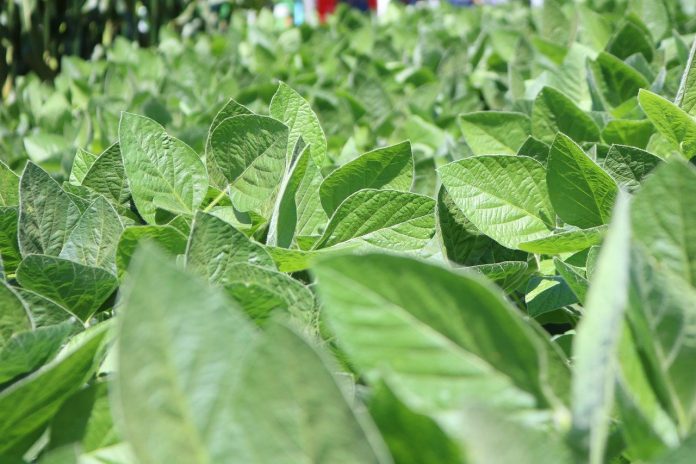August is here, and it brings with it the last blast of weather reports that will determine price direction. We are poised to decide if the weather will improve the drought-stricken beans in the Northwest Corn Belt or improve the soggy, yellowed bean fields of the Eastern Corn Belt.
It is a year of the haves and the have nots. The last month has been way too wet in Ohio, and the soybean fields show the result. The cornfields have been sucking up the excess moisture, and show less stress. The corn is lagging a little as the temperatures have been too low.
Meanwhile, the Dakotas and Minnesota have been struggling with what in Minnesota is the eighth driest year in more than a century. Since the dry area constitutes a quarter of normal national production, there remains the large question if eastern soybeans will make up for western ones. If they don’t improve fast, their answer is no.
Soybean uncertainty
August is the month that determines many factors for soybean growth. I have never been very good at guessing soybean yields for that reason. I have seen waist-high soybeans yield 40 bushels and knee-high beans yield 45 bushels. It is all about growing conditions in August. How many pods get set, how many beans are in the pods, how many beans get mature before the first frost.
Soybean prices have continued to be erratic on the Chicago Board of Trade. Officially we use the technical term “volatile,” but “erratic” seems more appropriate. How else can you describe a market that was up four and a quarter cents on the November contract Aug. 2, and then started out Tuesday down 241⁄2 cents?
November beans had a high Aug. 2 of $13.59, but only finished at $13.521⁄2. Now, as this was written on Aug. 3, they were trading at $13.29.
I have commented previously that the soybeans have exhibited a pattern of lower highs. That has continued, with the recent prices, and then this drop this morning.
We had November futures at $14.80 on June 7. We have now seen three more cycles if one is now finishing, and we are more than a dollar a bushel lower.
Weather effects
Currently, weather across the Midwest is forecast to be hot and dry. If this continues, we could break the pattern of lower highs, and trade higher again. However, last week we had timely rains in critical areas, especially in Iowa, that will maintain the crop for a few days. There was little rain in the driest areas, however.
Helping the overall market is a projection that Brazil’s safrina corn crop, their double-crop, will be off by 19%. They have had weather trouble there the entire season. This crop is not a large portion of world supplies, but it is part of the mix and harvests just when we are especially tight in other markets.
For example, the news is that trains in the Pacific Northwest and not finding enough corn to finish loading. Corn basis in some areas is record high as the farmers sold out when prices were higher. Looking at corn prices, we see December futures mostly sideways for the last three weeks.
In a pattern similar to soybeans, the highs have gotten lower, although the corn high was earlier. December futures had a high of $6.38 on May 7. We closed near the daily high on Aug. 2 at $5.59, a long way from the May high. We were down almost a nickel on Aug. 3 at $5.541⁄2.
Attention to wheat
It is the wheat markets that have been getting attention recently. The hard red winter harvest is 91% complete. The drought-ravaged and under-planted hard red spring wheat crop is at 17% harvested, but with an overall yield around 30 bushels.
There are horror stories out there. Yesterday I heard of a farmer who disputed his crop adjuster’s estimate of 10 bpa. He took his combine out to prove it was actually one bpa. One! He will take that memory to his grave!
Years ago, I read James Mitchner’s Centennial, about hard life over several generations on the Plains of eastern Colorado. At one point, he shared statistics about wheat yields versus annual rainfall. There was, of course, a direct correlation, but nothing as bad as one bpa.
Amazing to me as I listen to my weekly conference call over the Midwest, is that there are areas of great crops, and we are still talking about trend-line yields for the nation as a whole. Of course, it was this time last year that the derecho in Iowa and neighboring states changed the world of grain marketing.
Absent that rare event, the corn crop is close to being “made” as the farmers say, but the soybean crop is still suspect.













